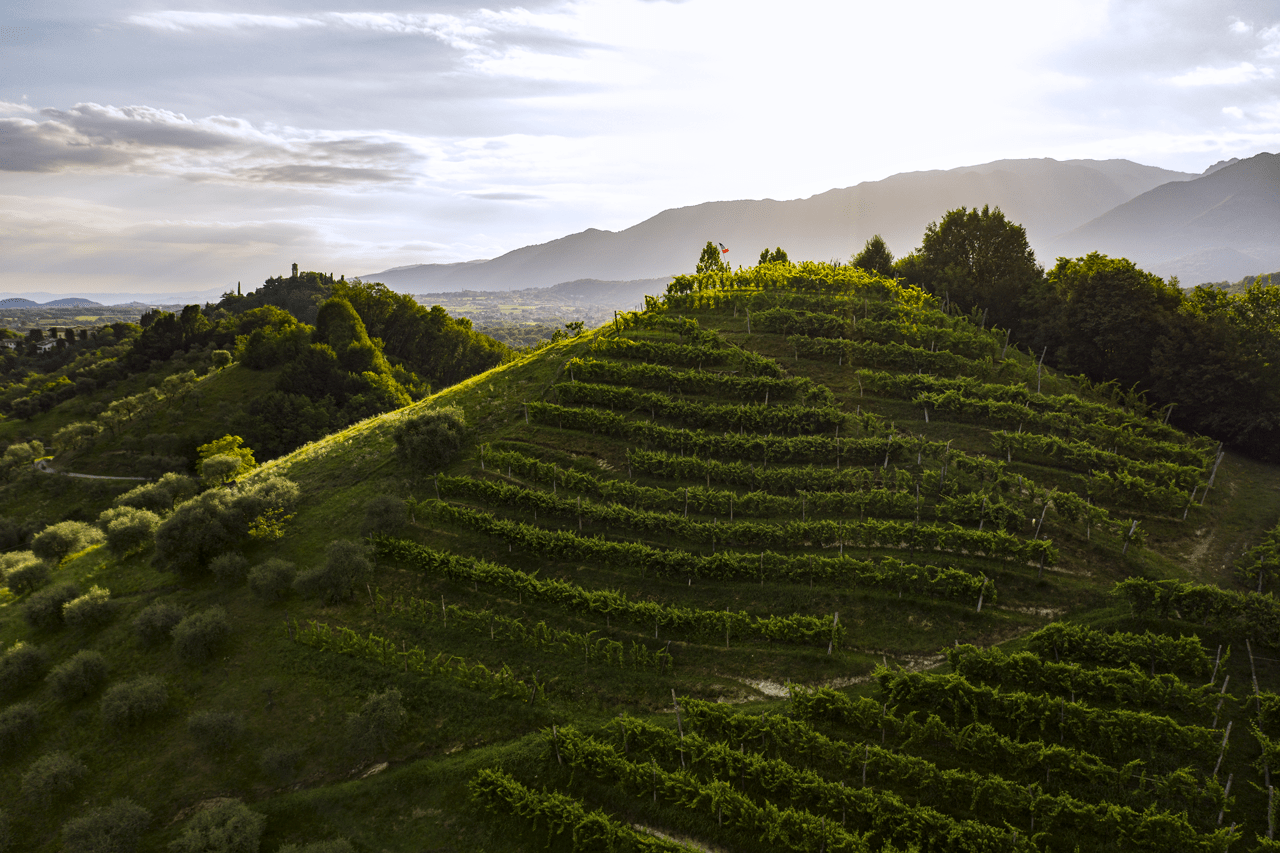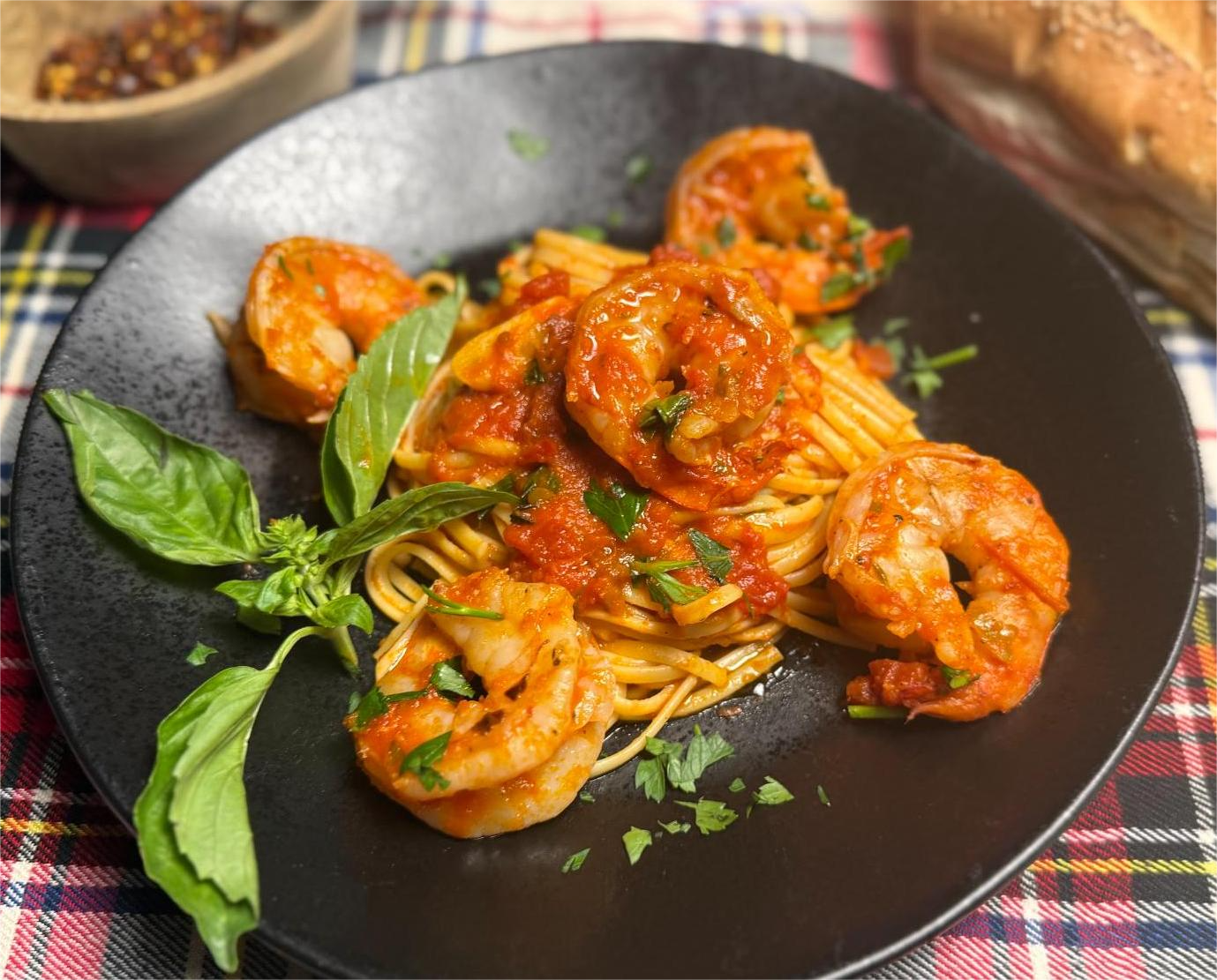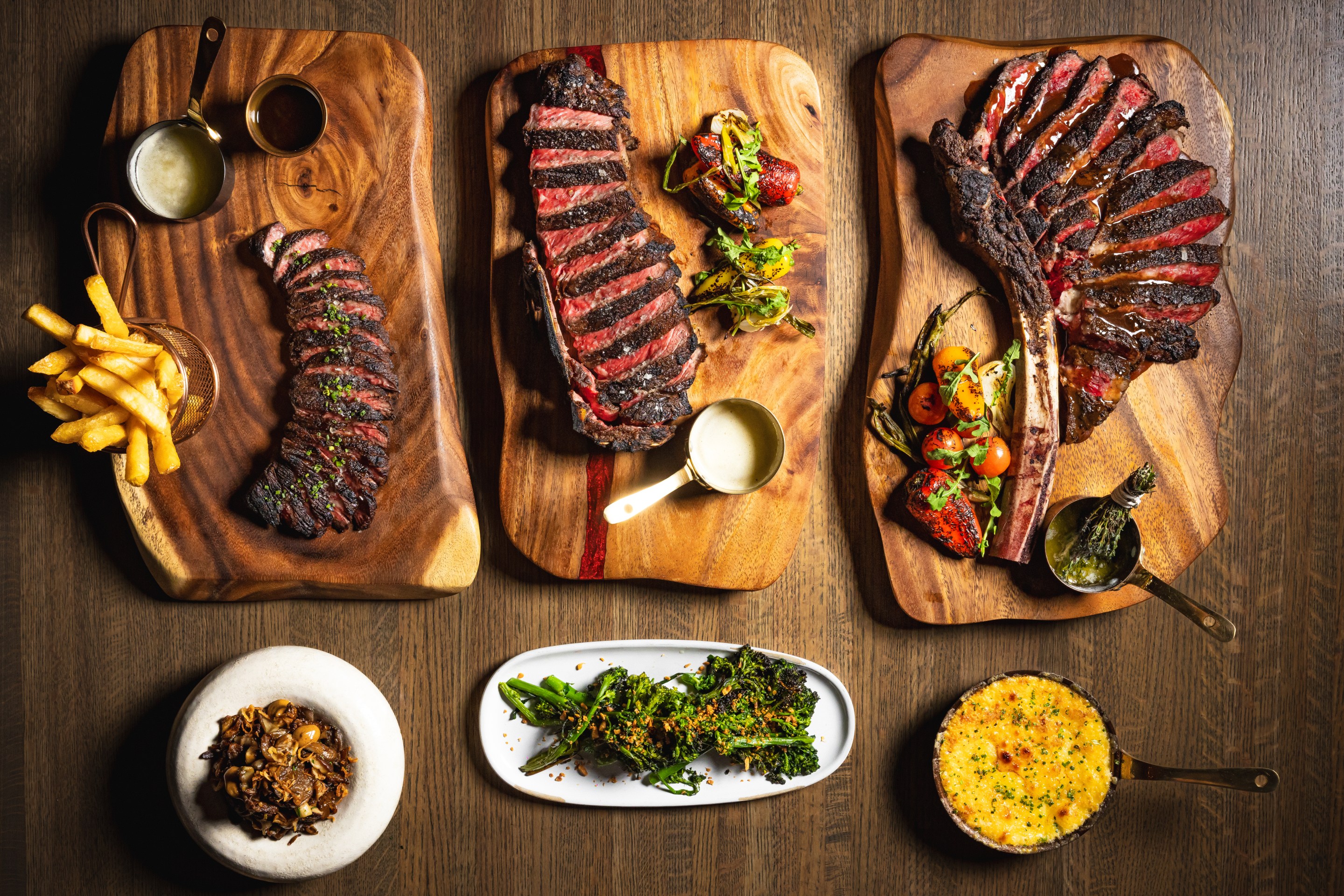Sparkling wine week is celebrated annually across the world the first full week of July, this year taking place from July 1st to July 7th. Sparkling wine sales have been a trending category in the wine market with an increasing trajectory of sales in recent years. The wine region of Prosecco, in particular, has been one of the leading sparkling wine producing regions across the world. With a variety of styles and price points there are plenty of choices to please every consumer’s appetite. When it comes to targeting quality Prosecco wines, consumers may be most familiar with the Conegliano Valdobbiadene wine region located in the Treviso province of the Veneto region.
In this same area is another, lesser-known wine region for Prosecco that is producing high quality sparkling wine. This region is the Asolo wine region. Asolo, pronounced ahz-o-low, is named after the town of the same name and is the fourth biggest region for Italian sparkling wines that is located in the Veneto, in northeastern Italy. Asolo was granted the status as a DOCG wine designation in 2009 that includes 18 municipalities located around the Treviso province. Set at the foot of Monte Grappa of the Venetian Prealps to the northwest, the Dolomites to the north, and the Venetian lagoon to the south, it is located only about one hour outside of Venice.
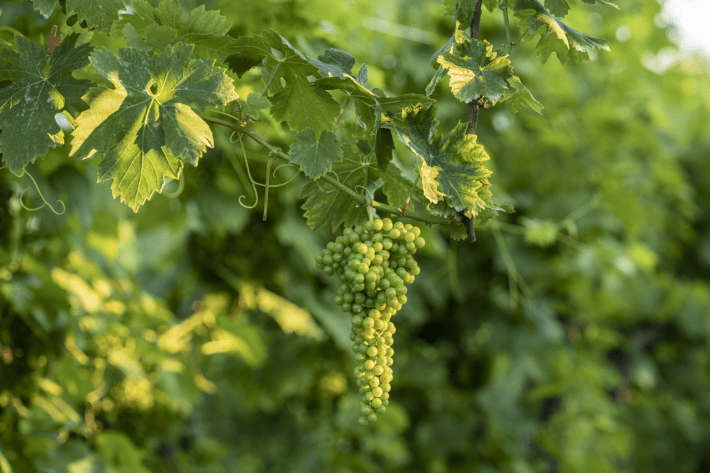
The landscape of Asolo is hilly and rugged with 29% of the region covered in forests. It’s no surprise that the viticulture in Asolo is described as heroic due to its extreme terrain where the grapes must be hand harvested. Growing grapes in this region is certainly a labor of love for the wineries. It is currently a candidate to be named a UNESCO World Heritage site. The climate of Asolo is both continental and Mediterranean with influences from the mountains as well as the sea. The region receives breezes off both the Adriatic and the Alps, which helps to dry the landscape and prevent rot and disease. The mountains also help shelter this area from the cold.
Asolo wines are primarily made from the Glera grape with an 85% minimum requirement. There is an allowance of up to 15% of other local grape varieties to include Verdiso, Perea, Glera Lunga and Bianchetta Trevigiana. The Prosecco of Asolo have a distinct freshness with a saline finish. The white limestone soil of the Colli Asolani hills to the west produce wines that have a salty, mineral characteristic. The wines in Montello to the east have soils that have more red clay, which produce wines that have a richer texture. In 2014 the Asolo DOCG was the first to start producing Extra Brut Prosecco, which has a sugar level of less than 6 grams per liter. The majority of Asolo Prosecco wines are Extra Dry, making up 68% of their production, followed by Brut with a low, but growing number of Extra Brut and Dry wines. Another growing category to watch in the years to come will be the “sui lieveti” wines, which are wines are aged on the lees. It’s a smaller production for Asolo right now, but this area tends to be a trendy, in demand sector.
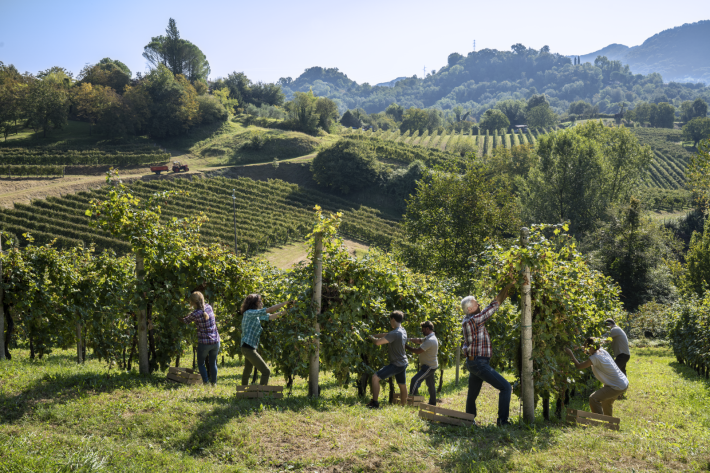
Over the last 10 years the production in Asolo has increased from 2.5 million to 27 million bottles annually. With 64 smaller, family-run wineries currently producing wines on close to 5,500 acres, Asolo Prosecco wine producers remain strongly focused on quality. These wines are not to be missed during Sparkling Wine Week or any week of the year.
